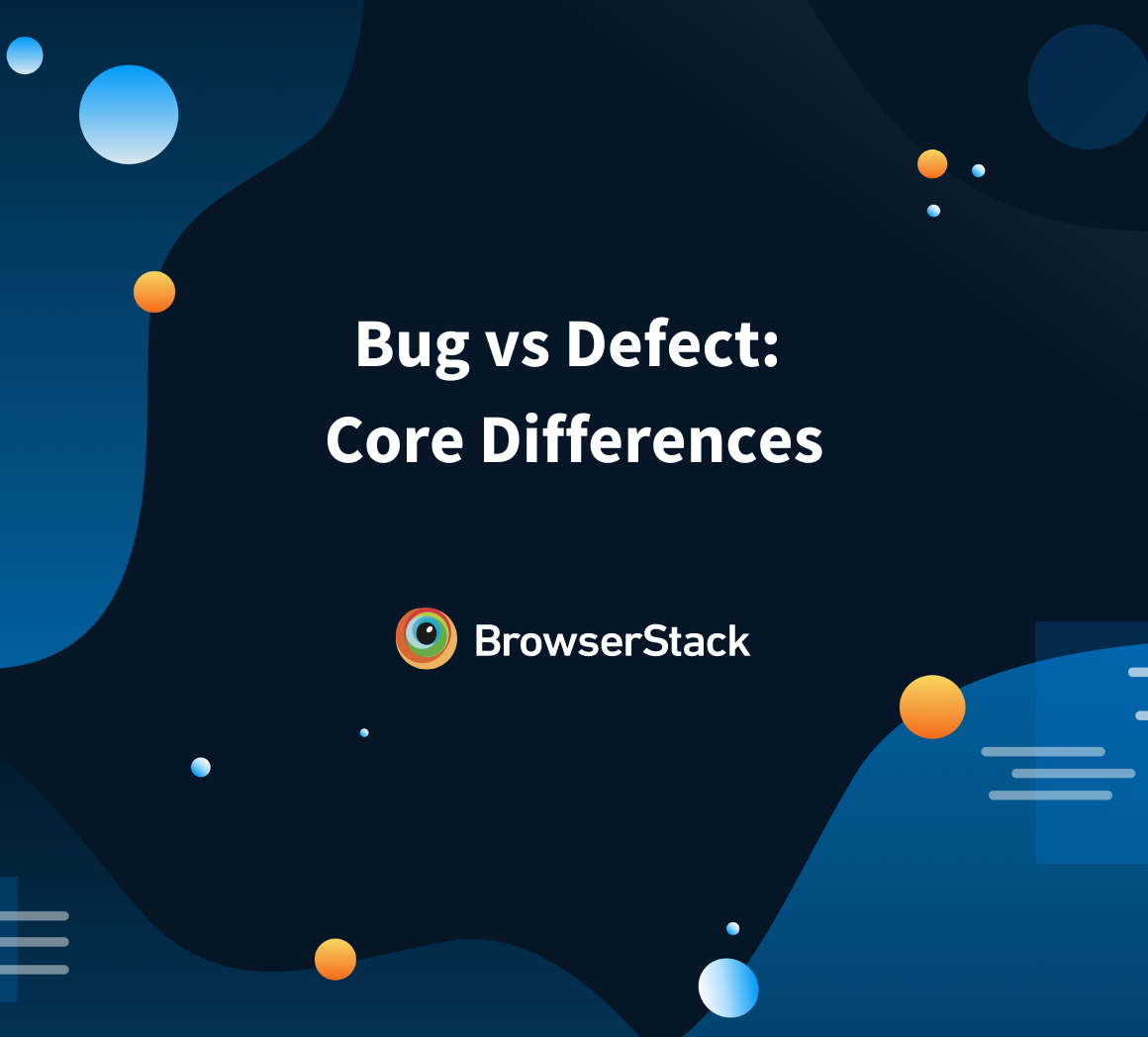How AI Can Boost Defect Tracking Operations: A Look from the Future regarding Code Quality Assurance
In the ever-evolving field society development, typically the quality of program code remains paramount. As systems grow more and more complex and application projects scale, the advantages of robust defect traffic monitoring and management becomes more critical. Unnatural Intelligence (AI) is usually emerging as some sort of transformative force throughout this area, promising to enhance the problem tracking process and elevate code high quality assurance to new heights. This short article is exploring how AI may revolutionize defect checking, its benefits, and the future implications for code the good quality assurance.
Understanding Defect Bringing in Software Development
Defect tracking is a new crucial component regarding software the good quality assurance. That involves identifying, telling, managing, and managing defects (or bugs) within a application application. Traditional problem tracking processes commonly involve manual methods and are often supported by equipment like JIRA, Bugzilla, or Redmine. These types of tools help clubs log defects, give them to developers, and monitor their very own resolution status.
Nevertheless, manual defect monitoring comes with problems:
High Volume associated with Data: Large projects generate vast amounts involving defect-related data, generating it difficult to be able to manage and prioritize effectively.
Human Mistake: Manual logging and classification of defects can cause errors and even inconsistencies.
Slow Response Time: Identifying and even addressing defects by hand can delay the development process, affecting time-to-market.
AI systems offer promising options to these issues by automating and optimizing various facets of defect tracking.
AI-Driven Defect Detection in addition to Classification
One regarding the most important benefits of AJE in defect monitoring is its ability to automate defect detection and category. Traditional methods often rely on guide testing and code reviews, which are usually time-consuming and susceptible to human mistake. AI can improve these processes via the following approaches:
Automated Testing: AI algorithms can automate the execution regarding test cases in addition to detect anomalies that may indicate defects. Device learning models can be trained to recognize patterns in check results that recommend the existence of bugs.
Computer code Analysis: AI-powered tools can analyze resource code for possible issues by mastering from historical files. These tools work with natural language running (NLP) and equipment learning to identify code smells, security vulnerabilities, and other defects which may not be immediately apparent through traditional code reviews.
Predictive Analytics: AI can anticipate the likelihood involving defects depending on historical data, code adjustments, and developer habits. This predictive capability helps teams emphasis on high-risk places and allocate solutions more efficiently.
Enhancing Defect Tracking together with AJE
AI could improve defect tracking processes in many ways:
Automated Defect Logging: AI equipment can automatically log defects because they are diagnosed during automated testing or code examination. This eliminates typically the need for guide entry, reducing problems and saving moment.
Smart Categorization and even Prioritization: AI can categorize and prioritize defects based about their severity, influence, and historical information. This helps groups address critical issues more quickly plus efficiently.
Intelligent Defect Assignment: AI methods can match defects to the most suitable programmer based on their very own expertise and work load. This ensures of which defects are addressed from the right individual, improving resolution instances and code high quality.
Enhanced Reporting and even Visualization: AI can easily generate detailed information and visualizations that will provide insights straight into defect trends, group performance, and job health. These information help stakeholders help to make informed decisions and even track progress.
Case Studies and Actual Applications
Several companies possess successfully integrated AI into their defect tracking processes, yielding impressive results:
Ms: Microsoft’s Azure DevOps uses AI to improve its defect monitoring capabilities. The technique automatically detects and even logs defects, supplies intelligent suggestions with regard to fixing issues, plus offers predictive analytics to identify potential troublesome areas before they escalate.
IBM: IBM’s Watson AI provides been employed in order to analyze code and even detect potential defects. Watson can classify defects, suggest fixes, and even provide insights into typically the root factors behind problems. This has considerably improved the performance of IBM’s enhancement teams.
Google: Google’s AI-driven testing equipment use machine learning to identify and prioritize defects. By inspecting vast amounts of test data, these types of tools can find patterns and flaws that might show underlying issues, permitting faster resolution.
The ongoing future of AI in Problem Tracking
As AI technology continues to advance, its function in defect traffic monitoring and code good quality assurance will likely grow. Future developments might include:
Integration with DevOps: AI will end up increasingly integrated with DevOps practices, allowing continuous defect detection and resolution through the development lifecycle. This can lead to even more agile and reactive development processes.
Self-Learning Systems: AI systems can become more self-learning, adapting to new types of defects and evolving coding practices. This may enhance their very own ability to detect and address growing issues.
Collaborative AI: AI tools will collaborate with human developers in real-time, offering suggestions in addition to solutions as problems are identified. This collaborative approach will be better the efficiency and effectiveness of defect management.
Enhanced User Experience: AI will be better the user encounter of defect tracking tools by providing intuitive interfaces, natural vocabulary processing capabilities, in addition to advanced analytics. This specific will make it easier for groups to interact using defect tracking techniques and gain beneficial insights.
Realization
AJE is poised to transform the problem tracking process and elevate code the good quality assurance to new degrees of efficiency and performance. By automating defect detection, classification, plus management, AI is able to reduce errors, accelerate quality times, and offer valuable insights straight into software quality. While our website continues to advance, its integration into problem tracking processes may further improve the growth lifecycle, making sure application projects are delivered with the maximum quality. Embracing AI-driven defect tracking is not only a step toward future-proofing software growth but a important leap toward attaining excellence in signal quality assurance







Deja una respuesta